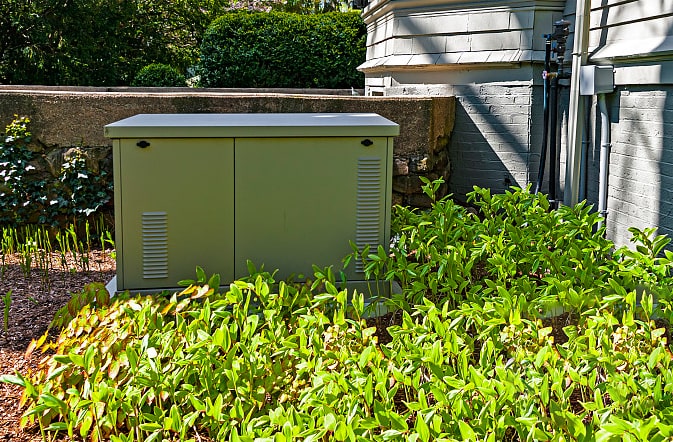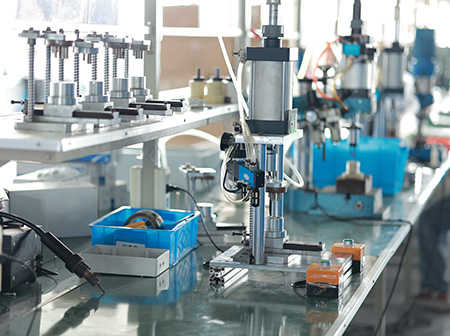Junction boxes play a crucial role in electrical systems, as they provide a protected space to connect and house electrical wires. When it comes to outdoor installations, however, the process becomes significantly more complex due to the harsh and variable nature of the environment. In this article, we will explore the various challenges faced when installing junction boxes outdoors and discuss potential solutions.
1. Weather Conditions
Rain and Moisture:
Outdoor junction boxes are constantly exposed to rain, which can lead to water ingress. Even a small amount of water inside the box can cause short - circuits, corrosion of electrical components, and ultimately, system failures. For example, in areas with heavy rainfall or near bodies of water, the risk of water infiltration is particularly high. To combat this, junction boxes must be properly sealed. Many modern outdoor - rated junction boxes are made of materials like polyvinyl chloride (PVC) which is inherently water - resistant. Additionally, they are designed with gaskets and seals around openings for wires to enter and exit.
Extreme Temperatures:
Fluctuations in temperature can also pose a problem. In hot climates, high temperatures can cause the materials of the junction box and the electrical wires inside to expand. Over time, this repeated expansion and contraction can lead to cracks in the box or loosen connections. Conversely, in cold regions, low temperatures can make materials brittle, increasing the risk of breakage. For instance, plastic junction boxes may become more prone to cracking in freezing temperatures. To address this, materials with high thermal stability should be chosen. Some junction boxes are made of materials that can withstand a wide temperature range, from - 40°C to 85°C or even more.
2. UV Exposure
The sun's ultraviolet (UV) rays can degrade the materials of the junction box over time. Plastics, in particular, are vulnerable to UV damage. Prolonged exposure can cause the plastic to fade, become brittle, and lose its structural integrity. This not only affects the physical protection of the box but also its ability to maintain a proper seal against the elements. To counteract UV exposure, many outdoor - rated junction boxes are made with UV - stabilized plastics. These plastics contain additives that help to absorb or reflect UV rays, preventing them from causing damage to the box.
3. Wind and Debris
Strong winds can carry debris such as branches, stones, or sand, which can impact the junction box. These impacts can cause physical damage to the box, breaking the enclosure or dislodging wires. In windy areas, it is important to choose a location for the junction box that is sheltered as much as possible. Additionally, boxes should be mounted securely using appropriate fasteners to prevent them from being knocked off by wind - blown objects.

1. Mounting Location
Finding a Suitable Spot:
Selecting the right location for the junction box is crucial. It needs to be easily accessible for maintenance and inspection but also protected from the elements. For example, it should not be placed in low - lying areas where water may accumulate during rain or floods. At the same time, it should not be mounted too high that it becomes difficult to reach. In residential outdoor lighting installations, junction boxes are often mounted on the side of a house, at a height of about 1.5 - 2 meters, which is high enough to avoid water splashing but low enough for easy access.
Avoiding Interference:
The junction box should also be installed away from sources of interference. For example, in industrial settings, it should be kept away from large motors or other electrical equipment that may generate electromagnetic interference. This interference can disrupt the normal operation of the electrical circuits inside the junction box.
2. Wiring and Connection
Cable Entry and Sealing:
Properly routing and sealing cables as they enter the junction box is essential. If cables are not inserted correctly, it can compromise the box's waterproof and dust - proof capabilities. There are specific cable glands and fittings available for outdoor junction boxes. These fittings are designed to create a tight seal around the cables, preventing water and debris from entering the box. When installing cables, it is important to follow the manufacturer's instructions carefully to ensure a proper seal.
Making Secure Connections:
Outdoor electrical connections are subject to more movement and vibration compared to indoor ones. This can cause connections to loosen over time. To ensure secure connections, special connectors and fasteners are used. For example, some connectors are designed with locking mechanisms to prevent them from coming apart due to vibration. Additionally, wires should be properly stripped and twisted together before being connected to ensure good electrical contact.
1. Choosing the Right Box Material
Durability and Resistance:
As mentioned earlier, the material of the junction box needs to be durable and resistant to the outdoor environment. PVC is a popular choice for its water - resistance, lightweight nature, and relatively low cost. However, in some industrial or high - traffic areas, metal junction boxes, such as those made of stainless steel, may be preferred for their higher strength and ability to withstand physical abuse. Stainless steel boxes are also highly resistant to corrosion, making them suitable for harsh coastal environments where salt - laden air can accelerate the corrosion of other materials.
2. Compatibility with Electrical Components
The materials of the junction box and its internal components must be compatible with the electrical wires and connectors used. For example, some metals may react with certain types of wires over time, causing corrosion at the connection points. It is important to choose a junction box and its associated components that are recommended for use with the specific type of electrical system being installed.
Installing junction boxes in outdoor environments presents a multitude of challenges, from the harsh environmental conditions to the complexities of proper installation and material selection. By being aware of these challenges and taking appropriate measures, such as choosing the right materials, ensuring proper sealing and mounting, and making secure connections, it is possible to install outdoor junction boxes that are reliable and safe, providing long - term protection for electrical systems.

